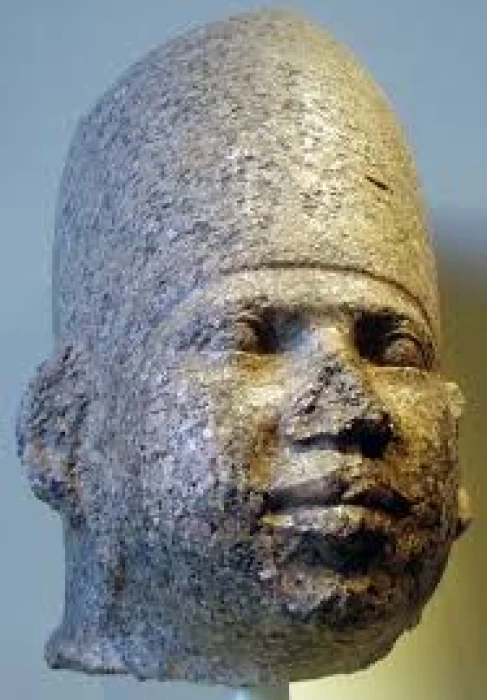
History of King Huni | Third Dynasty Kings of Egypt
It began with the accession of King Djoser to the throne after his predecessor, King Kha Sekhemwy (the last king of the Second Dynasty). Both the Turin papyrus and the Abydos King List mention five kings of the Third Dynasty, while the Saqqara King List mentions only four kings.
The collection was planned by the King's minister, the famous and influential architect and astronomer Imhotep, who was also known as a doctor and magician and was revered after his death until he united with the idol of Greek medicine, Asclepius, and a museum was established in the area of Saqqara bearing his name.
Huni is an ancient Egyptian pharaoh of the Third Dynasty during the Old Kingdom, which lasted for 24 years. His chronological order as the last pharaoh of the Third Dynasty is fairly certain, but it is not clear under what name in Greek he was listed by the historian maniton. Many Egyptologists believe that Huni was the father and direct ancestor of King Sneferu, but this is still an ongoing debate.














